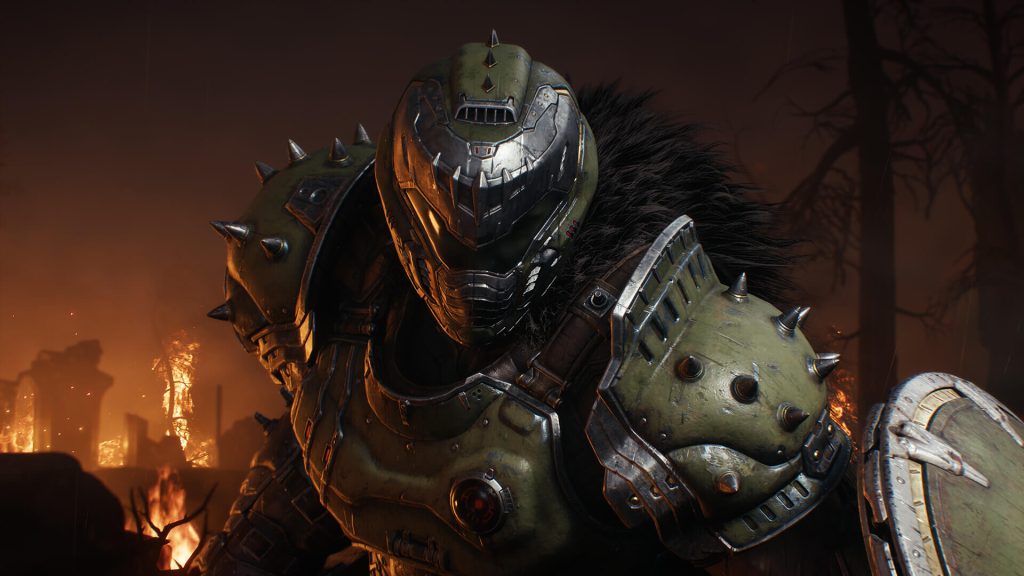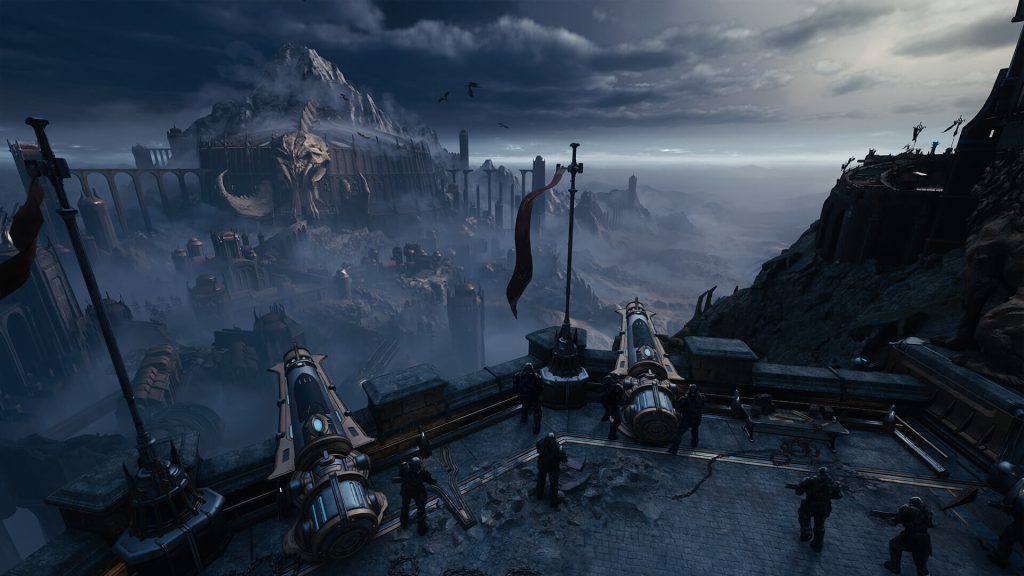Recently, Bethesda and id Software dropped some exciting news about the highly anticipated title, Doom: The Dark Ages, which is set to release on May 15th. They revealed the game’s PC system requirements, leaving fans and PC enthusiasts buzzing with excitement and raising their anticipation.

The good news? The game is set to run smoothly even on older PCs, thanks to its surprisingly modest hardware demands and the power of the idtech 8 engine. This announcement is refreshing to see, especially for a 2025 title as it avoids the recent trend of unnecessarily high hardware requirements that leave gamers frustrated or running for upgrades.
It’s not very often that AAA games boast modest system requirements, but Doom: The Dark Ages is here to defy all the expectations, especially for a 2025 release.
For the minimum requirements, players will only need a Ryzen 7 3700X or Intel Core i7-10700K CPU, paired with a graphics card such as the GeForce RTX 2060 Super or Radeon RX 6600 (with 8GB of VRAM). The game also asks for 16GB of RAM and 100GB of storage.
To put it in context, both the Ryzen 7 3700X and RTX 2060 Super came out in 2019. It’s great to see such modest demands for a game from a major studio in 2025, especially considering that most recent releases seem to push hardware to its limits.
If gamers want to kick the visuals up a notch and run the game smoothly at 1440p resolution, the recommended specs are GeForce RTX 3080 or Radeon RX 6800 GPU (with 10GB of VRAM), paired with a Core i7-12700K or Ryzen 7 5700X.
One of the reasons behind the surprisingly modest requirements of Doom: The Dark Ages might be its connection to the broader Xbox ecosystem. Game Pass has become synonymous with accessibility, offering games that are available across various devices: consoles, PCs, and cloud gaming.
In order to achieve this seamless availability across platforms, Microsoft has placed a heavy emphasis on optimization, especially with the game launching on Xbox Series S on day one.
Given the Series S is considered the most underpowered console of the current generation, it’s clear that solid optimization is key to ensuring smooth gameplay and id Software is achieving that.
Whether players are on a Series X, Series S, or a mid-range gaming PC, Microsoft’s goal is to ensure games run smoothly across a wide range of devices, making Doom: The Dark Ages an easy fit for gamers with varying setups, unlike titles like Indiana Jones and the Great Circle.

Whether or not a player likes the subscription model of the Game Pass, one thing remains certain: as long as the gamer meets the minimum system requirements for the title, they’re guaranteed a solid experience. The game won’t stutter, lag, or overheat your system.
This is a huge selling point for anyone who is always concerned about the dreaded “PC gaming tax” where only the most spec-ed out systems can run the latest AAA titles without issue. With Doom: The Dark Ages, even older rigs or budget systems can enjoy a smooth, optimized gameplay experience.
However, this is not the case with most modern games. One of the best examples is Marvel Rivals. Even though the game is impressive and has been a major hit, its performance issues, like Unresolved backend issues and poor optimization, leave so much room for improvement.
This is where Xbox’s approach to optimization makes all the difference. The company wants to ensure that their titles, whether for console or PC, avoid the backend problems that plague games like Marvel Rivals.
While optimization ultimately falls on the developers (and in the case of Doom, much of the credit goes to id Software), it’s clear that, despite most studios falling short, optimization is increasingly becoming a crucial priority in modern gaming.
In the end, Doom: The Dark Ages shows how it should be done in 2025, by focusing on optimization to ensure that all gamers, no matter their setup, can enjoy the game without frustration.
#Dark #Ages #System #Requirements #Confirm #Xbox #Gods #Work #Horribly #Unoptimized #Games #Marvel #Rivals


